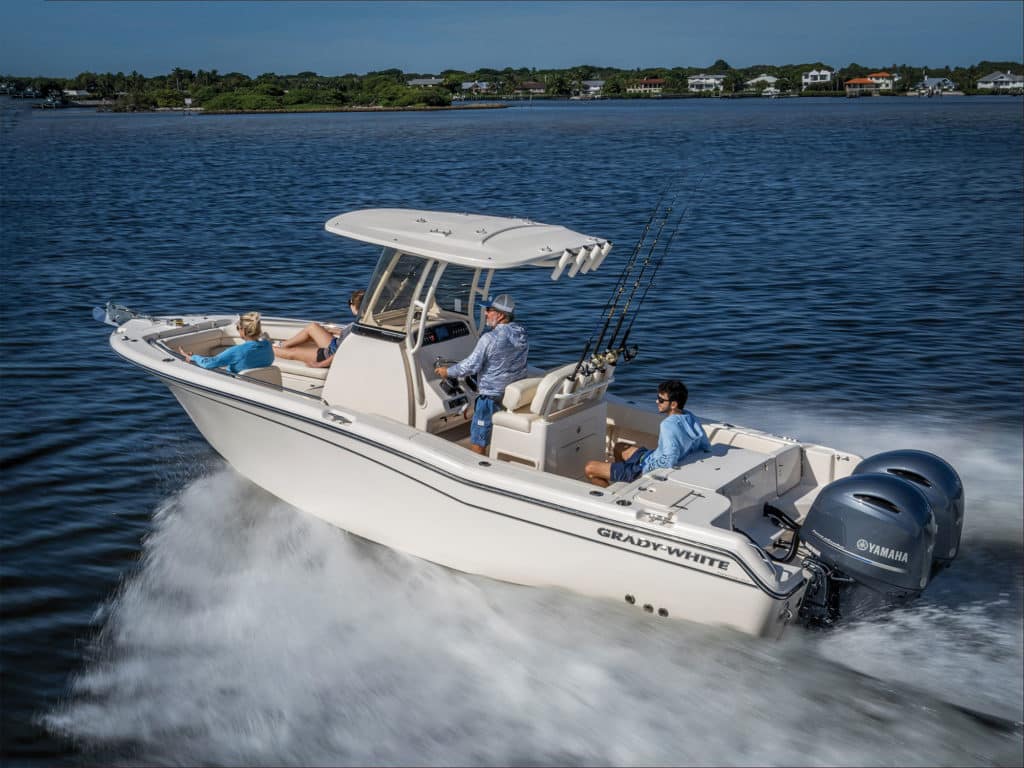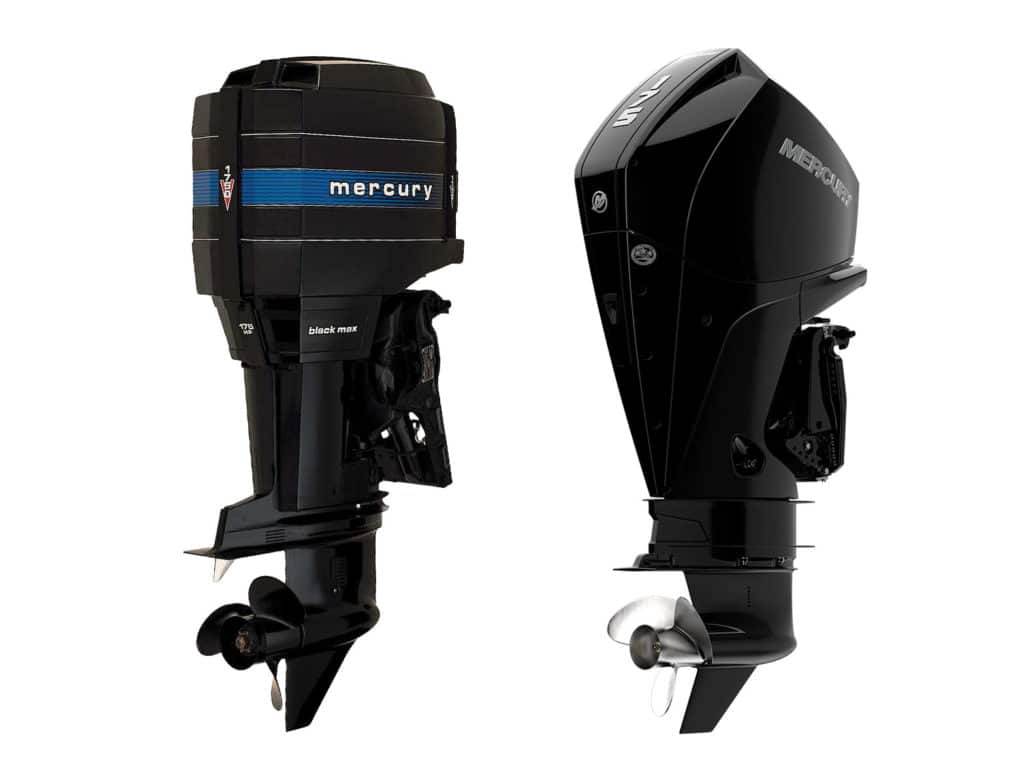
Before 2020, replacing an outboard usually took a week or two, but now you might have to wait as long as six months. That is if the dealer can even get the motor you want and the accompanying digital controls, a tough task at a time when new-boater interest has soared, and pandemic-related production and supply-chain disruptions hampered countless manufacturers worldwide.
Outboard-makers are fighting back and seem optimistic about spring’s outlook, adopting measures to overcome the hurdles of today’s market and meet the demand from boatbuilders and boat owners looking to repower.
“We’re doing everything we can to build inventory,” says Gus Blakely, Suzuki’s executive vice president of sales and service. “We put some production increases in place in September, and more in January. There is light at the end of the tunnel.”
If you want to keep your current boat but are hankering for more power, experiencing engine failure or fear an impending breakdown, the first step is to get on a waiting list for a new outboard at your local dealership right away. Know, however, that the needs of new-boat builders often trump those of repower consumers.
Nevertheless, you could shorten the wait by managing your expectations and opting for one of the following compromises:
- Switch from a single high-horsepower engine to twin outboards of equivalent power. Blakely and other industry insiders say smaller engines can be easier to find than those in the more coveted 175 to 300 hp sweet spot.
- Research lower-horsepower options. While experts recommend buying the maximum horsepower your boat can handle so the engine will operate efficiently with less stress, you can opt for a smaller outboard in a pinch. Just lower your expectations when it comes to speed and don’t always push for peak performance.
- Look for used outboard availability. The dealer-locator function on various outboard manufacturers’ websites can help. Some even allow you to select “repower dealers” or “repower centers,” which specialize in repowering boats versus outfitting new boats, and some take trade-ins to resell.
Outboard-makers confirmed that there’s no set number of hours that signal it’s time to repower. As with today’s cars, well-maintained outboards usually operate efficiently longer than their counterparts from previous generations. “The number of hours on a motor is a personal and regional thing,” says Ry Landry, Yamaha product education manager. “Up north, where the season is short, 100 hours in a summer could be a lot. Down south, 100 hours could be a few weeks or even a single one.”
Other reasons to repower include gaining access to the latest technology, such as joystick maneuvering, digital electric steering, autopilot systems and networkable gauges. If you own an old two-stroke outboard, you’ll also buy into better fuel efficiency, performance and dependability with a four-stroke.
Note that some older boats might be candidates for horsepower upsizing. In some cases, the power rating of the original two-stroke outboards on said boats was limited because bigger engines simply did not exist at the time. Dealers can check with the boat manufacturer for the current horsepower recommendation for a specific model.
Read Next: Outboard Motor Maintenance Guide

Many boat owners repower when their motor’s warranty nears expiration. Just like car owners who turn over their vehicles every three to five years, some boaters prefer not to risk potential breakdowns as an outboard ages. Some buy extended warranties so they can transfer some coverage to a new buyer, boosting the motor’s resale value. If either sounds like your MO, get on the waiting list for a new motor now.
Take into account that repowering with the same outboard brand could enable you to keep the controls and gauges you currently own. But if the jump involves newer digital technology or switching brands, the additional hardware becomes necessary, and as with some outboards today, those parts might be difficult to find.
Ultimately, the best source for information on availability, cost and options is a local outboard dealer. Some even let you sea-trial a boat to experience the specific engine and its controls.
With Mercury outboards, for instance, boat owners find a wide variety of choices, from basic motors to high-tech systems. A dealer can listen to an angler’s needs and concerns, and recommend the best engine for his or her budget based on availability. They’ll also help manage expectations.









